
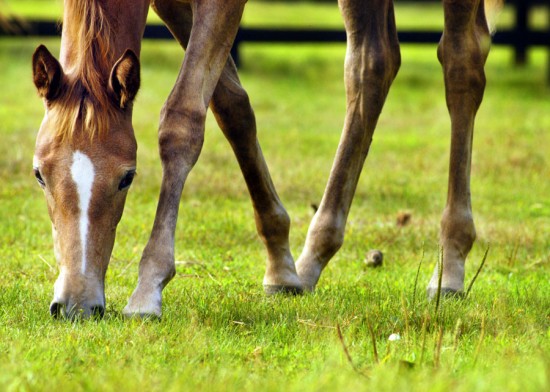
Very few sports horses are lucky enough to make it through their careers without experiencing some degree of lameness, and even leisure horses and ponies are likely to become unsound at some point during their lives. This is due to the fragile nature of the equine leg and the comparatively large amount of body weight that it has to support.
Unlike human beings, horses have no muscle from the knee down. Not only does this lead to large amounts of pressure being placed on the ligaments and tendons, but it also means that blood cannot be pumped around the limb whilst the horse is standing still. This can lead to problems with circulation, thus impeding the healing process when things do go wrong.
The list of possible causes of lameness is extensive to say the least, and cannot be confined to problems with the limbs alone. However, there are some common ailments of the leg that appear in the form of lumps and bumps, and which range in terms of severity. Whilst it is highly advisable that a vet be consulted regarding any type of lameness, every horse owner should have a basic knowledge of these conditions.
'True' bursae are sacs containing synovial fluid, and these are an essential part of the anatomy of all horses. They serve to provide cushioning and reduce friction as tendons and ligaments move over bony prominences. Should these sacs become damaged due to either strain or an injury caused by a knock or an abrasion, bursal enlargements may occur.
Whilst those caused by strain are not hugely serious, they may still cause lameness to begin with. Each requires rest, cold hosing and massage until the pain is eradicated. They include:
These small, spongy swellings can appear above and to the side of the fetlock joints, and may cause lameness when forming. Windgalls are commonly seen on horses whose legs have to withstand repeated concussion, and whilst they may be a cosmetic blemish that is frowned upon in the show ring, they are rarely troublesome after their onset.
Thoroughpin is a soft swelling in front of the point of hock. It can often be pressed from the inside of the leg to the outside, and vice versa. Whilst thoroughpin is another cosmetic blemish that does not tend to cause long term problems, it is also a sign of strain to the sheath around the deep digital flexor tendon and should thus be heeded as a warning.
Not to be confused with thoroughpin, the bog spavin is a soft swelling that appears to the inside of the front of the hock. It can be caused by a knock to the joint or by repetitive work on hard surfaces, and can also be an indication of joint disease. Although a bog spavin alone will not cause the horse to become lame, it is suggestive of underlying issues within the hock joint that could lead to unsoundness.
Bursal enlargements caused by injury are unlikely to trigger pain, but they will require treatment and the root of the problem will need to be addressed. This type of swelling includes:
A capped elbow is a soft bulge at the point of the elbow, usually caused by inadequate bedding or the horse knocking himself with a shoe when lying down. Where the latter is responsible, a sausage boot around the pastern should help to minimise contact between shoe and elbow.
A capped hock forms as a result of trauma to the point of hock, and manifests as a swelling that can be as big as a tennis ball in some instances. It can usually be attributed to a lack of bedding or inadequate leg protection whilst travelling.
Due to the risk of infection, capped elbows and hocks require treatment whether or not the horse is lame. A veterinary surgeon may inject a steroid into the area or prescribe hydrotherapy in order to reduce swelling.
These bony bumps are usually found on the splint or cannon bones of the forelegs, but can also form on the hinds. Nearly always caused by concussion (too much trotting on roads, for example) or trauma (such as a blow from the opposite limb), a splint may cause lameness to begin with but will rarely cause a problem further down the line, unless it is positioned in such a way that it interferes with the suspensory ligament.
Ringbone is a form of degenerative joint disease that is either 'high' (affecting the pastern joint) or 'low' (affecting the coffin joint). Usually found in the forelegs, this bony enlargement forms as a result of repeated impact and sharp turns, and thus is most often seen in hunters and performance horses. In cases of 'true' ringbone, the growth of extra bone around the joint makes the condition incurable. Conversely, 'false' ringbone takes much the same appearance but only affects the ligaments, and thus warrants a better prognosis.
Found on the inside of the hock joint, a bone spavin is a hard protrusion that is caused by strain. It is likely to cause lameness, and in a lot of cases the horse will drag the toe of the affected limb. A veterinary surgeon should always be consulted so that the correct treatment may be prescribed.
General swelling can appear in horses' legs for a variety of reasons, including tendon and ligament damage, lymphangitis, fractures, mud fever, or general trauma with secondary infection. The condition known as 'filled legs', however, is different from those in this (non-exhaustive) list, as it is a cosmetic problem rather than a serious medical issue, and whilst it may make the horse appear stiff, it will not be a cause of lameness.
Seen in stabled horses, the condition is caused by an accumulation of fluid in the tissues, otherwise known as 'oedema'. It is the lower legs that are affected, and always as a pair (usually the hinds). Should the swelling be confined to just one limb, or it reaches above the hock or knee, it is likely to be caused by something more serious and thus requires an alternative diagnosis. The cold, soft oedema that is associated with filled legs will 'pit' to the pressure of a thumb or finger, and this action should not cause any pain for the horse. Should the leg feel hard or hot, strain or infection is a more likely culprit, in which case veterinary advice must be sought immediately, and the animal kept stabled.
Conversely, filled legs is a condition that should resolve itself with exercise, and any horse that shows a tendency towards the problem should be bandaged when stabled at night, and turned out as much as possible. His diet should also be examined, as too much protein can be a contributing factor.
As swollen legs can also be a sign of serious illness (such as disease of the liver), a vet should be consulted if there is any doubt at all as to the nature of the swelling.
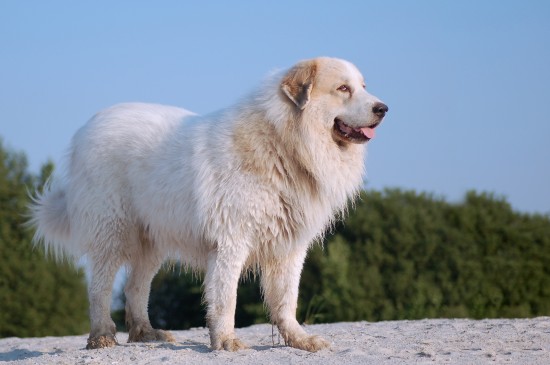 Pyrenean Mountain Dog Hereditary Health And Health Testing
Pyrenean Mountain Dog Hereditary Health And Health Testing
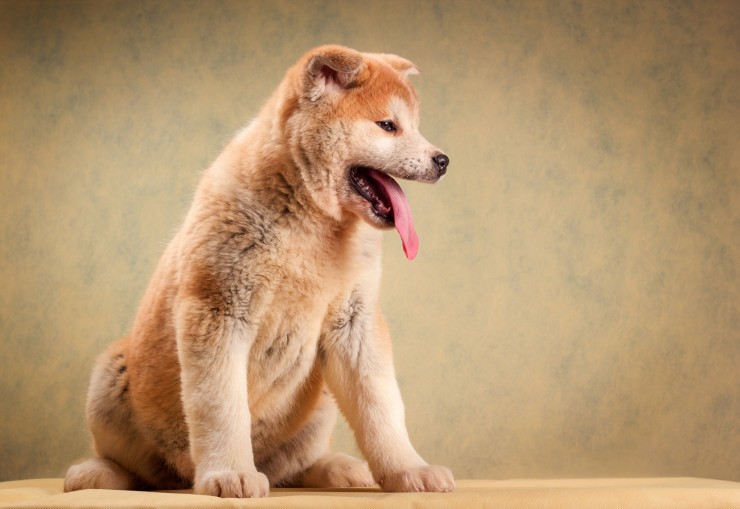 The Akita And Health Issues
The Akita And Health Issues
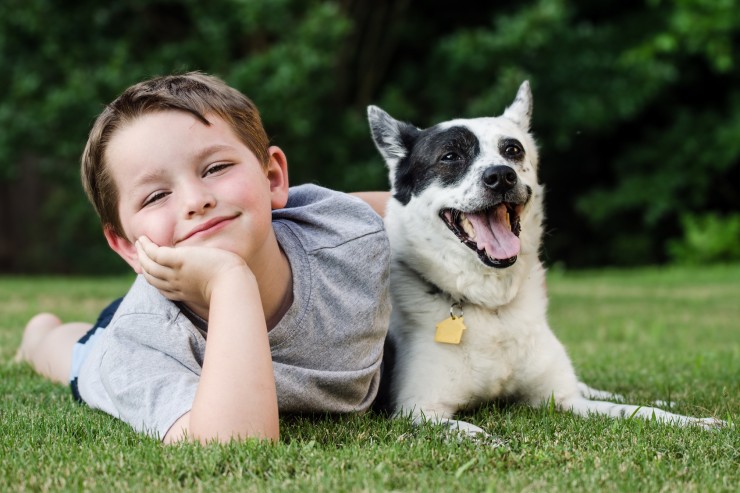 Ten Important Tips That All Primary School-aged Children Should Know About Dogs
Ten Important Tips That All Primary School-aged Children Should Know About Dogs
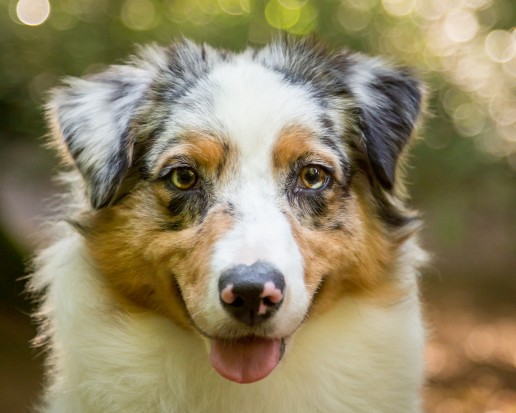 8 Things Dog Faeces Can Tell You
8 Things Dog Faeces Can Tell You
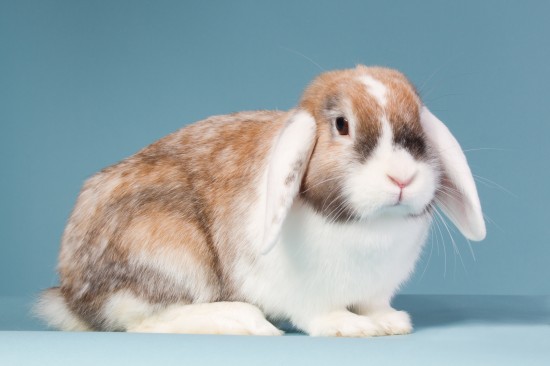 Eight Common Myths About Rabbits, Debunked
Eight Common Myths About Rabbits, Debunked
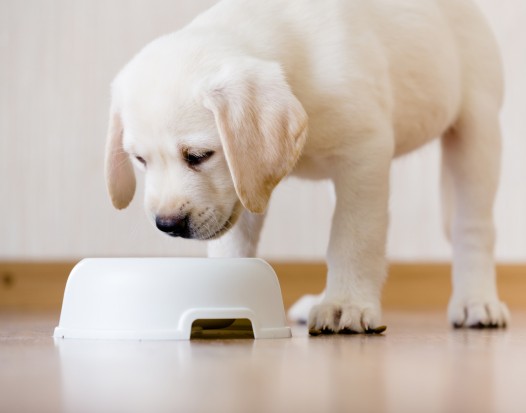 Making The Right Choices When It Comes To Feeding Your Puppy
Making The Right Choices When It Comes To Feeding Your Puppy
Copyright © 2005-2016 Pet Information All Rights Reserved
Contact us: www162date@outlook.com